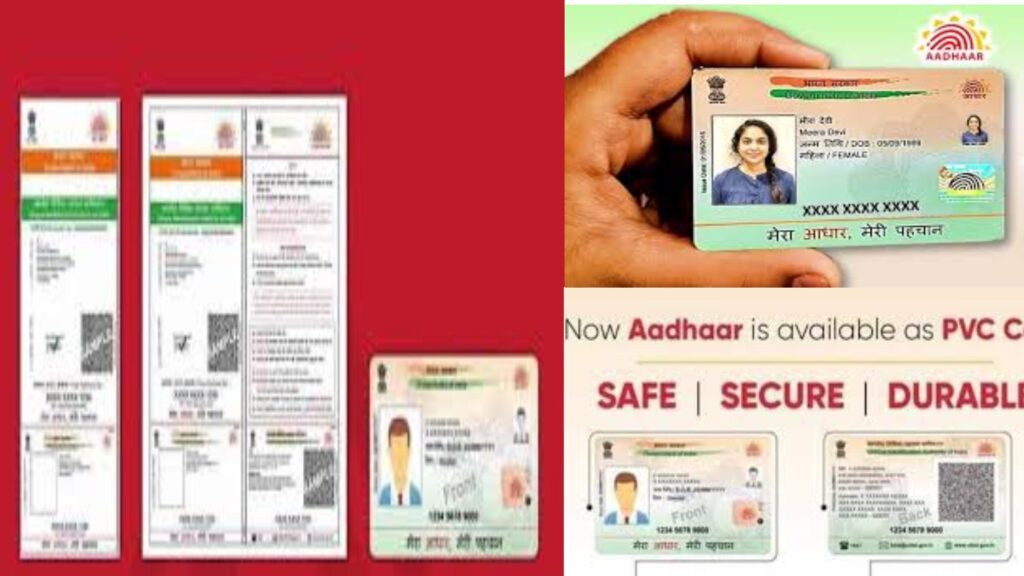In a significant move, the Unique Identification Authority of India (UIDAI) has recently unveiled a comprehensive set of guidelines aimed at streamlining the process of Aadhaar card enrolment and updates. These new directives, reported by The Economic Times, encompass a range of changes to the existing procedures, introducing innovative forms and digital avenues for both residents and non-resident individuals (NRIs). Let’s delve into the details of the updated Aadhaar rules and the revamped forms introduced by the UIDAI.
Streamlined Aadhaar Update Process
One of the notable changes involves the flexibility in updating Aadhaar card information. As per the updated rules, individuals can now conveniently update their Aadhaar details in the Central Identities Data Repository (CIDR) through multiple channels. This includes visiting the nearest Aadhaar Seva Kendra, utilizing the mobile application, or accessing the UIDAI website. This marks a departure from the earlier 2016 rule, which restricted address updates exclusively to online mode and mandated in-person visits for any other detail updates.
Introduction of New Forms
The UIDAI has introduced a set of new forms that replace the existing ones for Aadhaar enrolment and updates. These forms are tailored to various categories of individuals, ensuring a more user-friendly and efficient process. Here’s a breakdown of the newly introduced forms:
- Form 1: Designed for the enrolment of both residents and non-residents aged 18 and above, provided they have evidence of an address in India. The same form can also be used for updating Aadhaar details for this group.
- Form 2:
- Form 3: Used for the enrolment of children aged between 5 and 18, whether resident or NRI with a permanent Indian address.
- Form 4: Intended for NRI children with addresses outside of India.
- Form 5: For residents or NRI children below 5 years of age (with an Indian address).
- Form 6: Designed for NRI children below 5 years of age but with an address outside India.
- Form 7: Applicable for resident foreign nationals above 18 years of age, requiring a foreign passport, valid long-term visa, OCI Card, Indian visa, and a mandatory email ID for enrolment.
- Form 8: For resident foreign nationals below 18 years of age.
- Form 9: Notified by the UIDAI for the cancellation of the Aadhaar number upon attaining 18 years of age.
Key Highlights of the New Rules
- Partial Date of Birth on Aadhaar Card: According to the new guidelines, if an individual’s age is declared without documentary verification or is approximate, only the year of birth will be printed on the Aadhaar card. To have the complete date of birth included, official documentation must be provided.
- Document Update Every 10 Years: The new rule mandates that Aadhaar holders update their documents ten years after the generation date of the Aadhaar number. This can be done online through the UIDAI website or mobile application, or in person at an enrolment center.
Conclusion
The UIDAI’s recent announcement of updated Aadhaar enrolment and updating rules represents a commendable effort towards enhancing user convenience and efficiency. With the introduction of new forms and the expansion of online update options, the process is set to become more accessible for a diverse range of individuals, including residents, NRIs, and children. As individuals adapt to these changes, the UIDAI continues to play a pivotal role in maintaining the integrity and relevance of the Aadhaar system.

